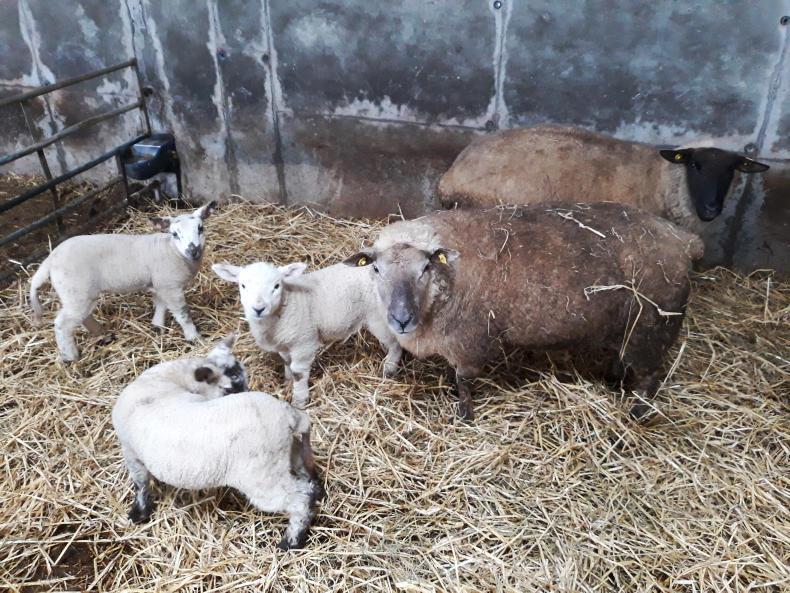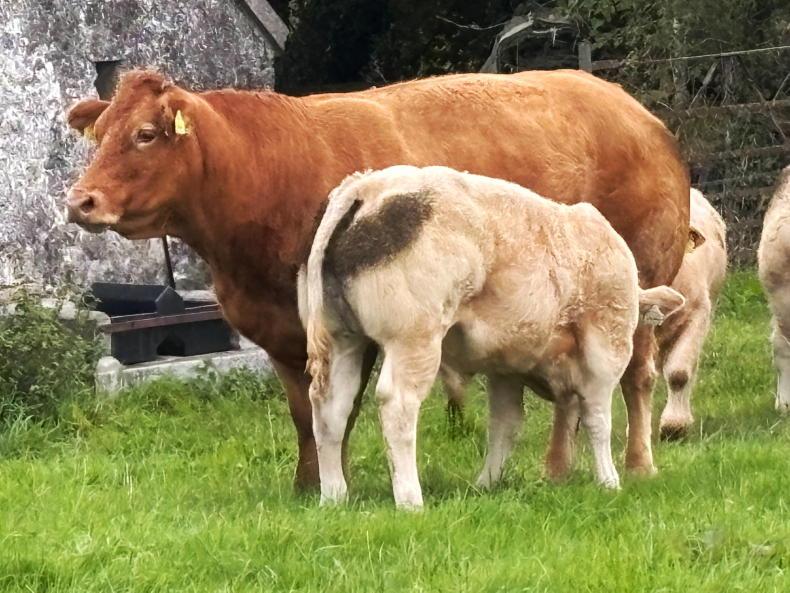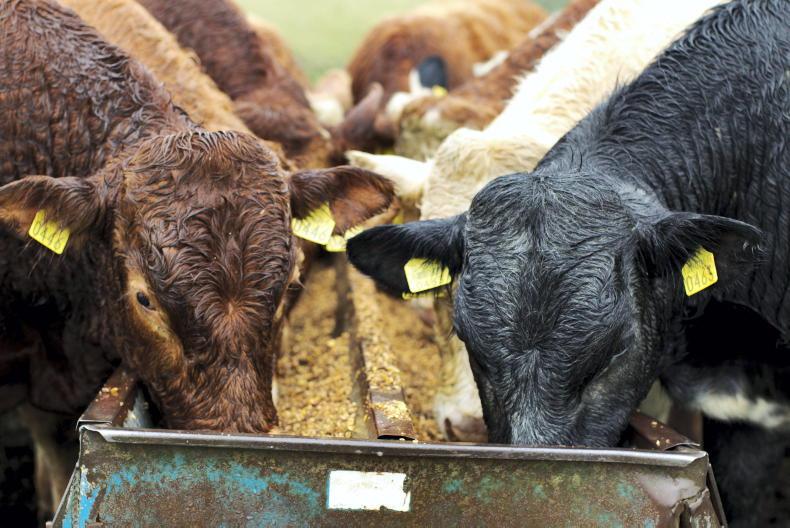Early weaning
Operating an early and a mid-season lambing enterprise can be a challenge at the best of times and this year is particularly challenging for farmers. Reports indicate grass supplies earmarked for the early lambing flock have been depleted on many farms following lower than normal growth rates and poor utilisation. Difficulties in getting fertiliser out are also compounding issues.
The temptation to graze areas earmarked for the mid-season flocks should be avoided. Some farmers are looking at the option of early weaning lambs to try and reduce grass demand. Grass intake of lambs jumps from 0.3kg DM/headper day in week six to 0.5kg DM/head in weeks seven and eight. There is a further increase in intake to 0.7kg in weeks nine and 10 which reflects the sharp jump in growth.
This takes place at the same time when ewe milk yield is significantly reducing (peaks at week three of lactation in twin-suckling ewes). Hence early weaning is an option for some to reduce demand. It is an option where lambs are consuming at least 250g/day concentrates on three consecutive days. Flocks that successfully implement early weaning generally do it from eight weeks and carry out one of two practices – put lambs onto an intensive concentrate diet or offer access to the best-quality grass available along with concentrate supplementation. Intensive concentrate supplementation should only be practised with lambs destined for slaughter.
Concentrate formulation
Tight grass supplies and delay in turning lambs out are leading more people to consider offering creep temporarily or putting a batch of lambs on creep feed. Cooked or crunch feeds entice lambs to start eating creep faster and increase quantities consumed. The disadvantage is a higher cost. Once lambs are eating enough, the cost of creep feeding can be reduced by switching to a standard high-energy cereal-based ration.
Where the farm infrastructure allows, creep feeding can be used longer term to practise creep grazing which will deliver similar benefits in performance at a much lower cost. It will also facilitate creep feeding in troughs if desired which allows better control of volumes fed.
Grass tetany
There is an improvement in weather forecast towards the end of the week but even with this lactating ewes are likely to remain under pressure. There are many stressors which are a precursor to tetany occurring including ewes under nutritional stress, a marked change in weather and ewes grazing swards with a high leaf-to-stem ratio or with a high potassium content.
As ewes cannot store magnesium, it is important that animals can ingest sufficient levels on a daily basis to reduce the risk of tetany occurring. The most common practice is offering ewes access to magnesium lick buckets or supplementing with concentrates containing sufficient magnesium levels.
Offering concentrates will also slow down the rate of digestion and provide a better opportunity to absorb magnesium. In times of a particularly high risk such as ewes grazing reseeded swards in adverse weather a combined approach of lick buckets and short-term concentrate supplementation may be required. Boluses are also an option but be mindful that the period of cover provided is generally short. Adding magnesium to water is also an option but this has limitations during periods of wet weather or where the dry matter of grass is low.










SHARING OPTIONS